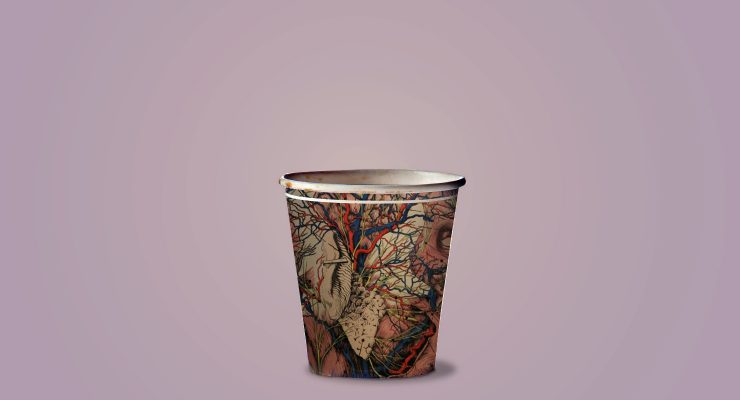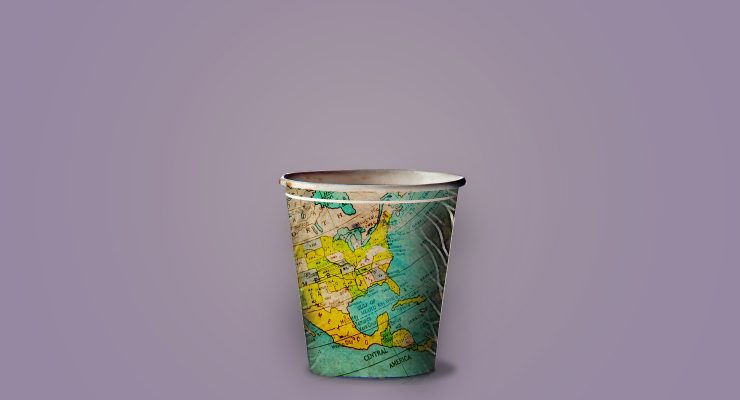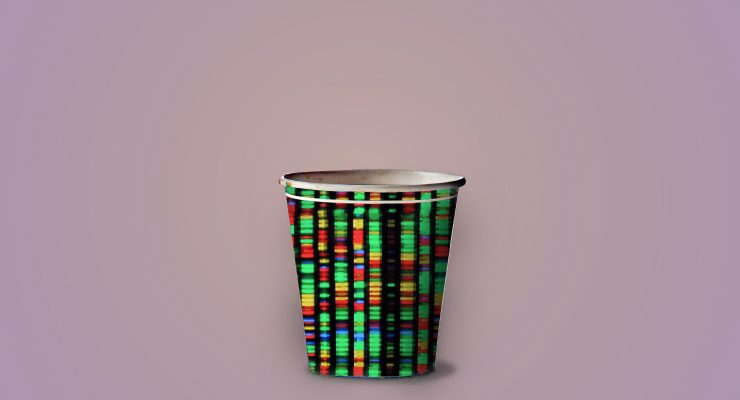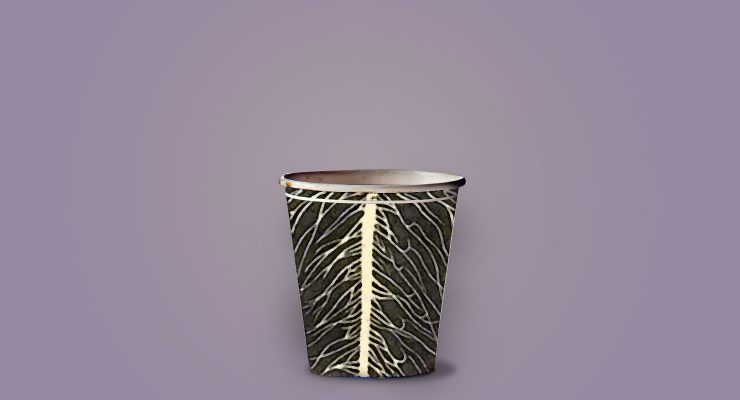Before I was a coffee nerd, I was a science nerd. I suppose this goes back to a moment in 1979, when the Voyager spacecraft flew by Jupiter, sending back photographs that amazed and thrilled pretty much everyone. That year, all of my heroes were scientists: Albert Einstein, Buckminster Fuller, Jonas Salk. Discovering the work of these people, particularly those who used the tools of science to make the world a better place, was exciting and deeply meaningful to me. I hoped one day I could use science to participate in some positive transformation of the world, just as my heroes had.
A decade later, I was working in coffee and beginning to discover the culinary art of the barista, the lore and geographic knowledge of the coffee buyer, and the creative entrepreneurship of the coffee business owner. And, although I understood that coffee flavor, roasting, extraction, perception, and everything else interesting about coffee was governed by natural principles discoverable by science, I knew of no way to get involved in coffee science, and I had no way to learn more. I had no coffee science heroes.
All that has changed, and suddenly it feels like we’re in an age of coffee discovery. This very summer, I felt the ground shift a little bit under our feet as some very big things started to happen. Let me mention a few.
World Coffee Research
WCR, an organization that was founded by a visionary group of roasters and scientists under the auspices of the Specialty Coffee Association of America at our annual Symposium, has been doing amazing work this year. The Multi Location Variety Trials–“a network of international variety experimental and demonstration trials”—began in earnest, and meticulously selected and replicated coffee seedlings representing 30 distinct varieties were shipped to farms throughout the world in August. This is a first in the coffee industry: an organized, international program designed to understand coffee varieties in diverse climates, and with a keen eye towards quality and disease resistance.
I can barely contain my enthusiasm. The seeds have literally been planted on a program that has the potential to answer many of the most challenging problems facing farmers and buyers, such as: what will be the impact on flavor when switching to a new variety? What can we expect in productivity losses if we choose a low-yielding, but high quality variety? And, Which varieties are best suited to particular microclimates?
Meanwhile, at Kansas State University, their legendary sensory lab began their new project to develop the Sensory Lexicon for coffee. A project that is both similar to and different than our flavor wheel, the lexicon will identify specific flavor attributes for coffee and—this is important—establish specific, objective references for these flavors that taste panels can use. In other words, “nutty”—if established as a flavor component by the study—will be assigned a reference standard; say, roasted crushed peanuts and hazelnuts mixed together in a certain proportion. This is a proven method that provides repeatable, quantifiable taste data. Starting in August, roasters can participate by sending samples of coffee to Kansas State, essentially feeding data into a project that will form the basis for our reference for coffee in the future.
The most exciting thing about the WCR projects is that they are collaboratively funded and guided. For the first time in history, coffee companies, individuals, and organizations large and small can support coffee science by pledging a half a cent per pound or by writing a check. Right now, today, this year, you and I can be a fundamental part of coffee science and can fund it, an ability that was only available in the past to wealthy philanthropists, big companies, and universities.
The Coffee Genome
And meanwhile, from a group of French and American biologists comes even more amazing science. For the first time, a coffee genome has been completely sequenced. The ‘high-quality draft’ of the Coffea canephora aka Robusta genome is a landmark achievement, and is essential for understanding coffee biology. Robusta is, after all, the genetic parent of our cherished Coffea arabica (another amazing discovery brought to us by science) and information about its genetic makeup is therefore critical for understanding many aspects of coffee’s biology. This information has already led to an important discovery: the ability to produce caffeine evolved separately in coffee, cacao and tea plants, rather than being inherited from a common ancestor. The work was published in Science, among world’s foremost science journals. Amazing and exciting.
And, here’s another thing. That Science paper is open for anyone to read online. News of the WCR projects is constantly updated on their website. The SCAA’s Science Manager Emma Bladyka leads original research on our behalf and curates scientific information in the SCAA’s educational programs. A working barista can keep tabs on the latest breakthroughs of coffee science from behind the bar on his or her phone. A budding coffee scientist in Kenya or El Salvador can watch Symposium talks from leading coffee scientists on YouTube in an internet café. Unlike even a decade ago, coffee science is increasingly, excitingly accessible for all.
This age of open coffee science is not only amazing and inspiring, it’s necessary. The changing climate—itself caused by human energy use—is threatening coffee in its natural habitat and making it more challenging to cultivate. Outbreaks of diseases like coffee rust and pests like the coffee borer are increasingly common and confront farmers with crop loss, debt, and poverty. Our understanding of coffee genetics and history has forced the realization that coffee’s genetic diversity is unsustainably narrow, leaving our precious Arabica at tremendous risk. In many places farmers are forced to choose between unproductive coffee cultivars and ones with a reputation for questionable cup quality. Other farmers are faced with shrinking water resources, and need more drought-resistant coffee cultivars, or more water-conscious processing methods. Science can help with all of these crises, and we’re ready for coffee professionals to deploy science to help save our industry. And now that I think of it, we might just get our coffee science heroes after all.
Peter Giuliano is the Director of the Specialty Coffee Symposium. Follow him on Twitter and read his Tumblr.





